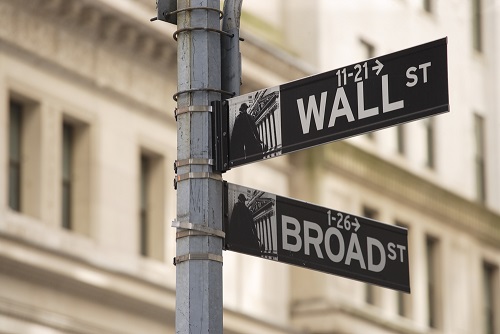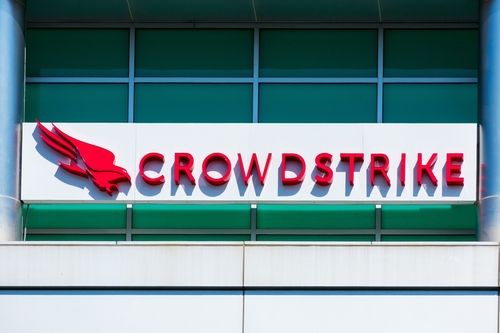Fed’s Williams: Economy is going through an adjustment process

In an interview with CNBC on Wednesday, Federal Reserve Bank of New York President John Williams said that he expects the Gross Domestic Product growth will continue to slow, per Reuters.
Key takeaways
"Economy is going through an adjustment process."
"Expect on the whole GDP will grow 1% to 1.5% on the year."
"Still think the labor market is solid."
"Unemployment rate is low, but hiring has slowed."
"Weaker job growth tied to both slowing demand and slowing supply growth."
"Breakeven rate of job growth is hard to estimate."
"Wage growth continues to be consistent with a solid labor market and inflation moderating towards 2% target."
"Progress on inflation is very slow now, hard to separate out tariff impact."
"Watching services inflation carefully."
"Perhaps four or five tenths of a percentage point on core PCE is due to higher tariffs."
"If the economy evolves as expected at some point interest rates need to be closer to neutral."
"Policy still modestly restrictive, inflation gradually coming down."
"Fed has to be driven by the data."
"Risks to jobs and inflation are moving closer to balance."
"Do not want the labor market to weaken too much, but want inflation back to 2%."
Market reaction
These comments received a neutral score of 5.2 from FXStreet Fed Speech Tracker. In turn, the FXStreet Fed Sentiment Index stays near 104, reaffirming the neutral stance.
The US Dollar (USD) preserves its strength following these comments. At the time of press, the USD Index was up 0.4% on the day at 98.60.
Fed FAQs
Monetary policy in the US is shaped by the Federal Reserve (Fed). The Fed has two mandates: to achieve price stability and foster full employment. Its primary tool to achieve these goals is by adjusting interest rates. When prices are rising too quickly and inflation is above the Fed’s 2% target, it raises interest rates, increasing borrowing costs throughout the economy. This results in a stronger US Dollar (USD) as it makes the US a more attractive place for international investors to park their money. When inflation falls below 2% or the Unemployment Rate is too high, the Fed may lower interest rates to encourage borrowing, which weighs on the Greenback.
The Federal Reserve (Fed) holds eight policy meetings a year, where the Federal Open Market Committee (FOMC) assesses economic conditions and makes monetary policy decisions. The FOMC is attended by twelve Fed officials – the seven members of the Board of Governors, the president of the Federal Reserve Bank of New York, and four of the remaining eleven regional Reserve Bank presidents, who serve one-year terms on a rotating basis.
In extreme situations, the Federal Reserve may resort to a policy named Quantitative Easing (QE). QE is the process by which the Fed substantially increases the flow of credit in a stuck financial system. It is a non-standard policy measure used during crises or when inflation is extremely low. It was the Fed’s weapon of choice during the Great Financial Crisis in 2008. It involves the Fed printing more Dollars and using them to buy high grade bonds from financial institutions. QE usually weakens the US Dollar.
Quantitative tightening (QT) is the reverse process of QE, whereby the Federal Reserve stops buying bonds from financial institutions and does not reinvest the principal from the bonds it holds maturing, to purchase new bonds. It is usually positive for the value of the US Dollar.





